Teaching students about the processes scientists use is a key step in building a science foundation at the beginning of the year. In this post I’ll share a fun and simple science experiment for students to explore buoyancy as they learn the steps of the scientific method.
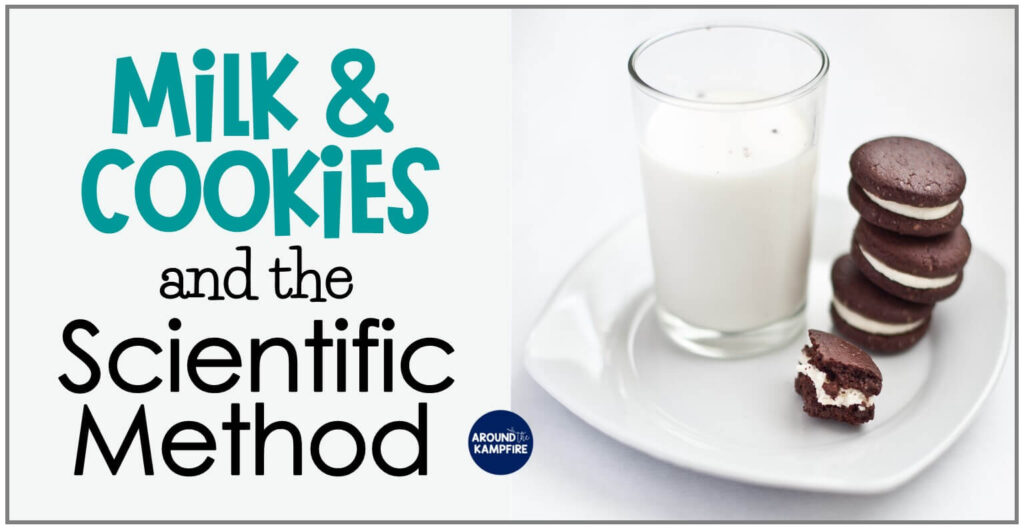
Milk and cookies are every kid’s favorite so why not use them to teach science? I thought milk and cookies were the perfect materials for our first science experiment and of course, we could eat the leftovers!
Exploring Buoyancy to Teach the Scientific Method
While most students are familiar with the phrase sink or float, they may not know the term buoyancy. This experiment enables students to explore why some things sink and other things float as they make observations and conduct an experiment.
PowerPoint lesson source
To introduce the concept of buoyancy I like to start with a mini lesson and explain additional science vocabulary. Terms such as molecules, density, and buoyant. I also ask questions. “Why do you think some things float, while others sink?” and “How can can something as heavy as a cargo ship float across the ocean without sinking?”.
I presented the questions, “Are cookies buoyant?” and “Will they sink or float in milk?”. Walking through the steps of the scientific method, I recorded questions and guided students with actionable steps they would take to find out.
Posters source
The Great Cookie Dunk Experiment
After placing students in groups of 4 each received 4 different cookies and 4 cups of milk. We used mini cookies that I found at Walmart and the dollar store.
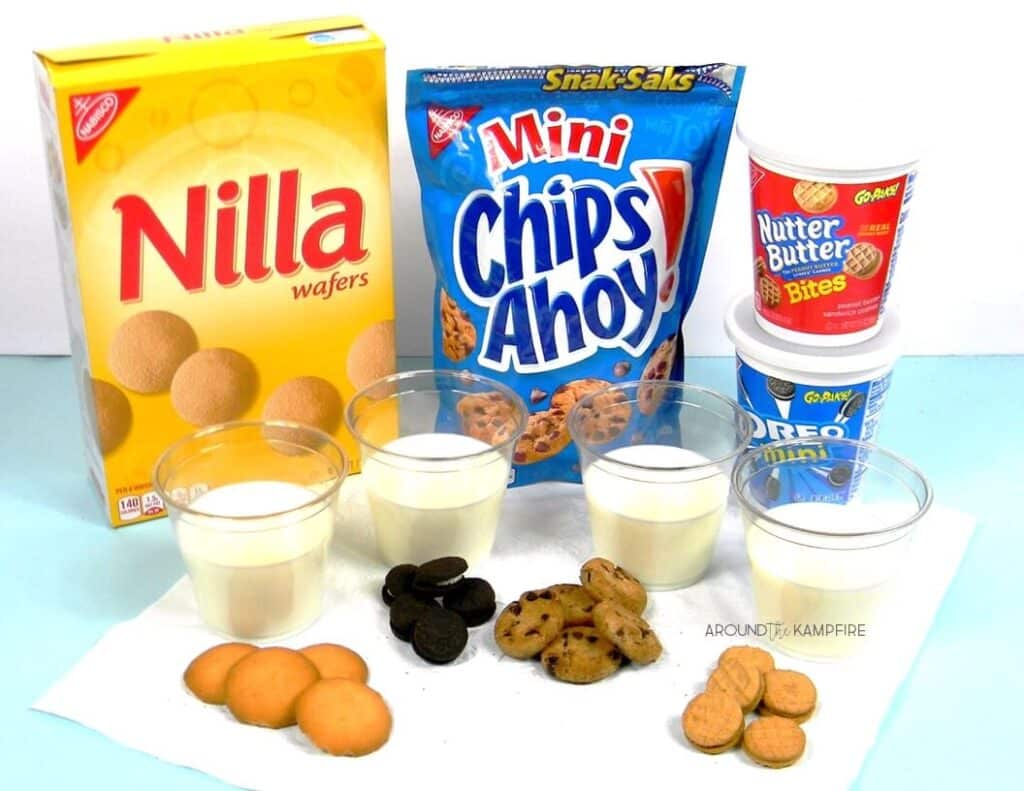
Before starting their science experiment, students observed the properties of each cookie and recorded those on their paper. Next, they predicted whether the cookie would sink or float.

As students conducted their experiments the results were not always what they expected. Some cookies sank right away while others took a while. Students observed which cookies absorbed milk quickly and which did not.

Students draw their results and discuss why they think each cookie either sunk or floated. Some of the things to have students consider are: the weight of the cookie, whether air pockets are visible, “Does it have 1 or 2 cookies with filling in the middle?, and do chocolate chips make the cookie sink because of their weight or float because of the oil and fat they contain?
Lab sheet source
This simple milk and cookies buoyancy experiment is a lot of fun for kids and a great activity for teaching the scientific method.

Where can I get the lab worksheets you used?
The PowerPoint lesson and student pages shown in this post are available in a complete science unit, Scientists & The Scientific Method.
The unit includes 10 science lessons, and a teaching Power Point and science experiments to introduce your students to scientists, types of science, science tools and safety, and the scientific method. Three science experiments, student journal activities, posters and anchor charts give you everything you need to start the year off right as you lay the foundation for future science lessons.
How can I build a strong science foundation in my students?
Read this post for lesson ideas and activities to teach the scientific method and begin building a foundation for science in your classroom.
You may also like these additional science posts:
Properties of Matter Activities & Experiments for Second Grade
Plant Life Cycle Activities That Get Kids Writing!
Happy teaching!
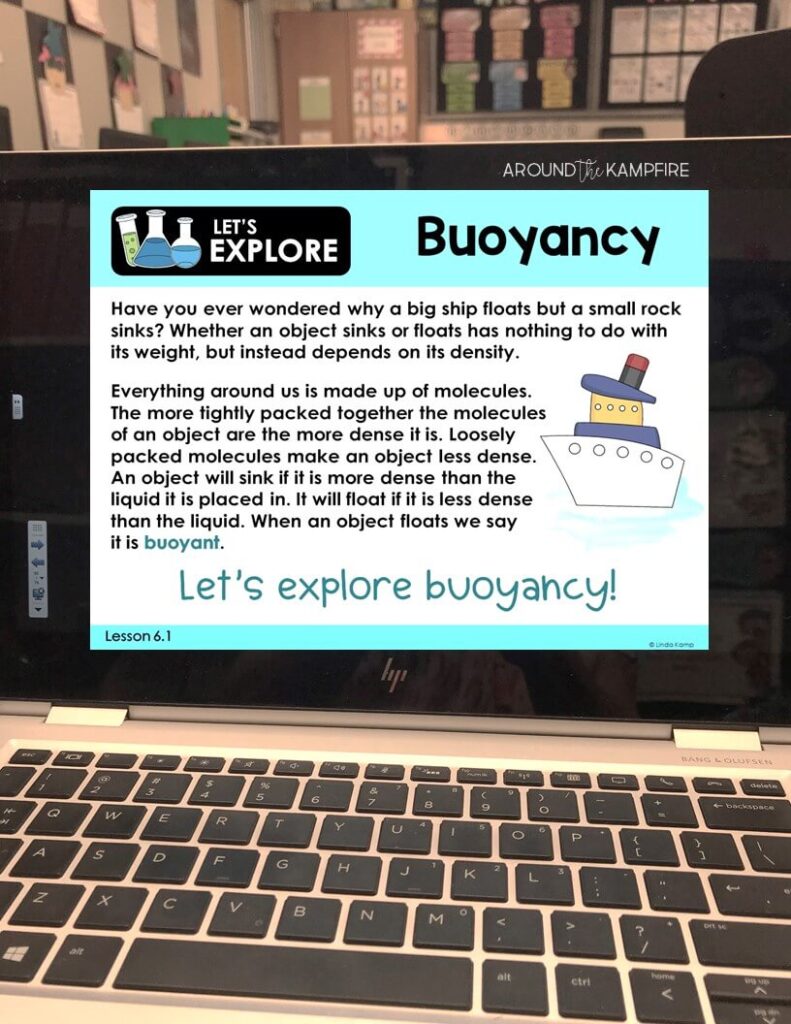
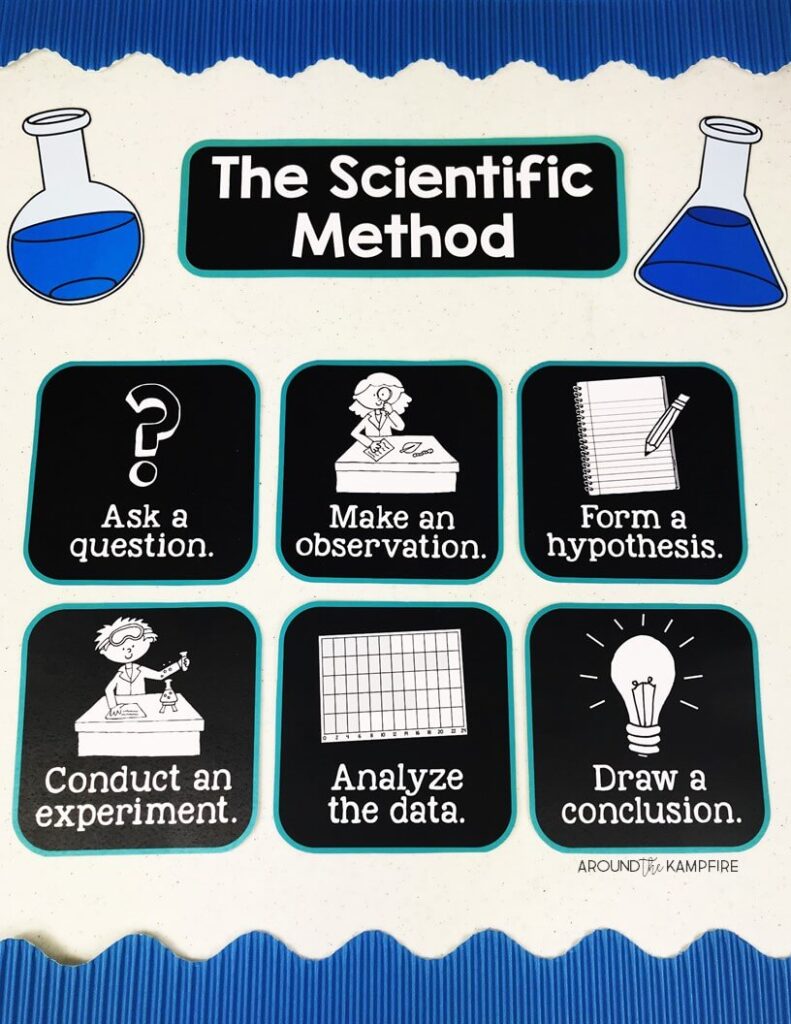

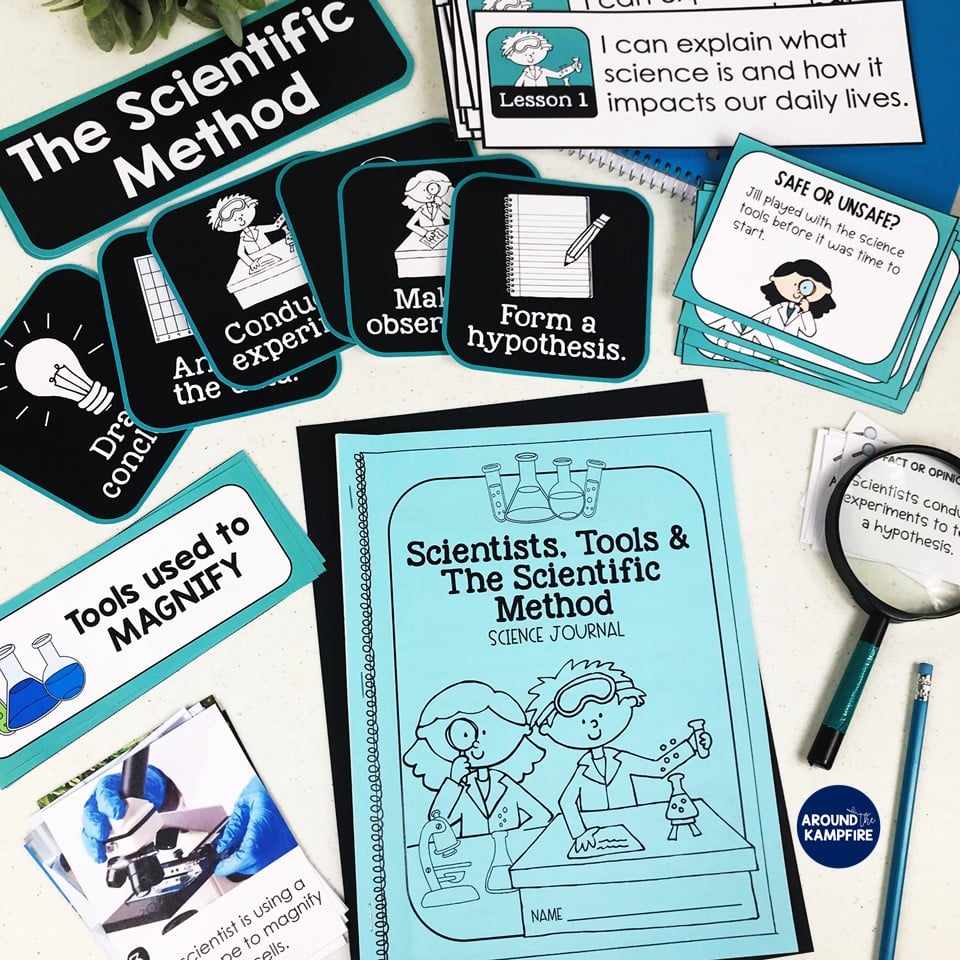


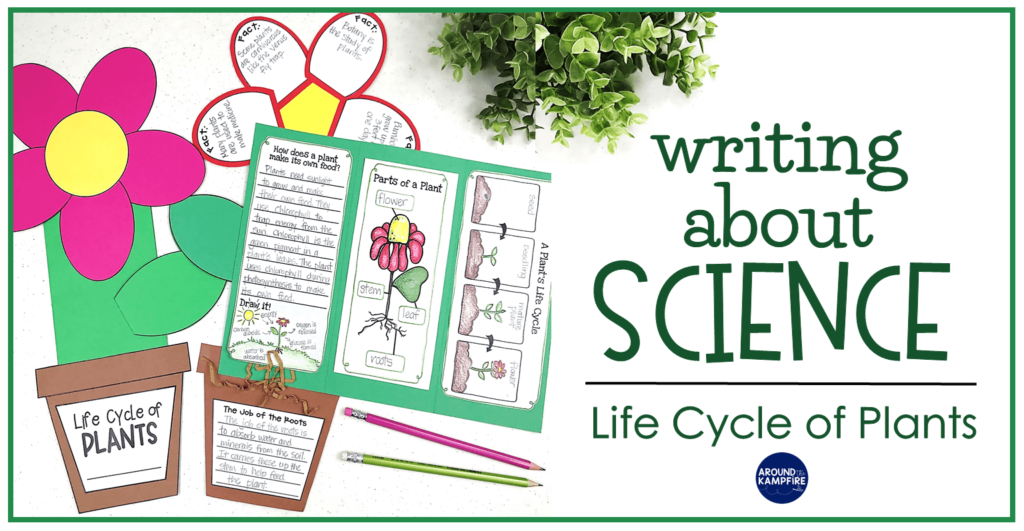


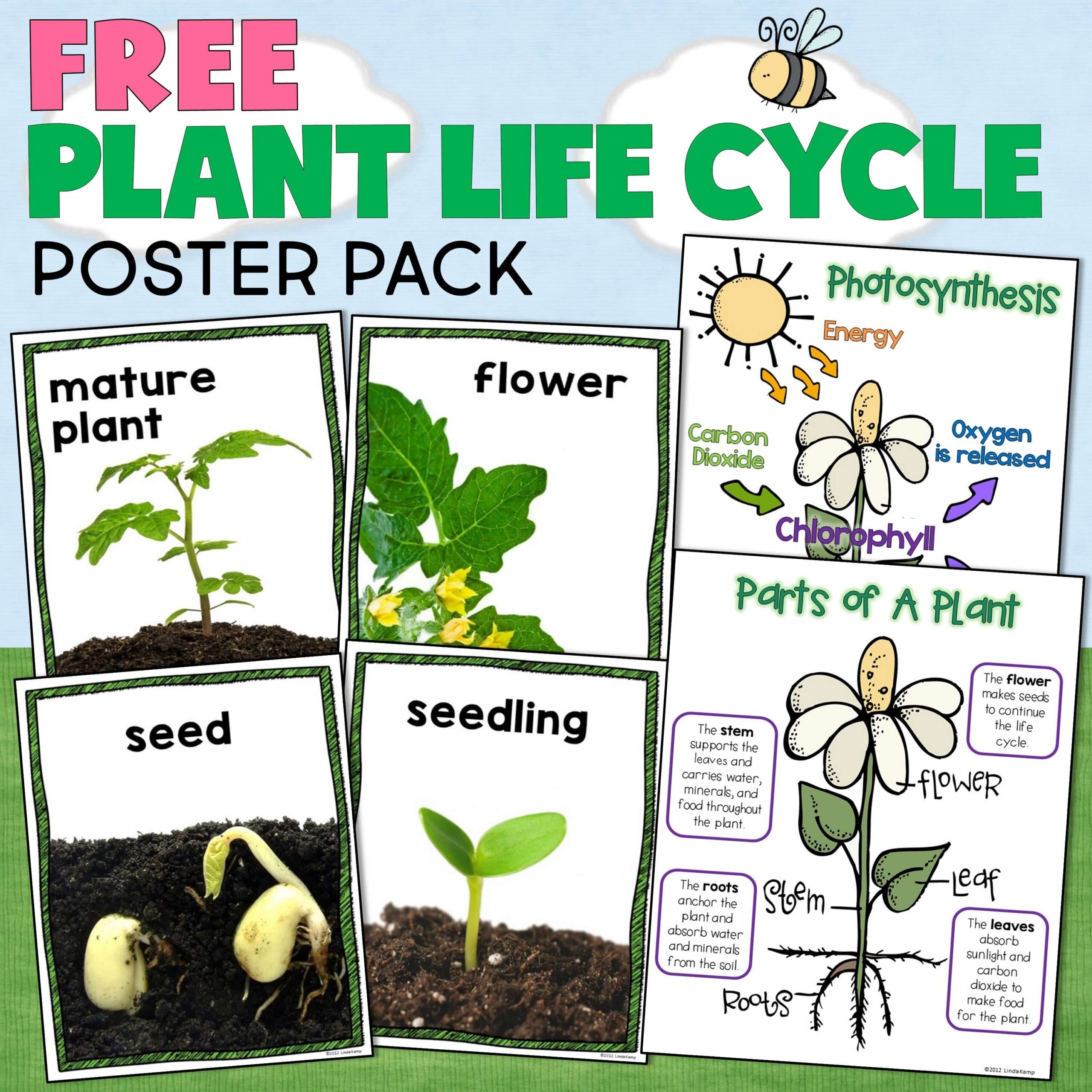

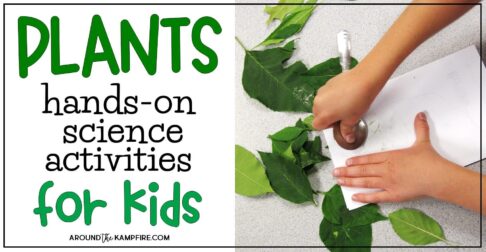


What grade level do you suggest doing this experiment with?
Hi Natasha! I do it with my 2nd graders and I think it would also be good for first graders. Thanks so much for stopping by!
This was great! I’m a grandma of two little boys ages 4 and 6. From time to time I babysit them. This is going to be a great experiment for them to do. I won’t go through all the details but I know it will be something that they will remember when it comes up in their Science classes. The photosynthesis art class will definitely be on the list as well. Thanks for all that you do for our young people. I bet you are a favorite teacher to many!
Thank you for such kind words Teresa! I’m glad you’ve found ideas and activities you can use with your grandchildren!
Hey! I’m trying to find this exact lesson to purchase on TPT’s but I can’t find it in your store. Even when I type the title, the cookie, etc. Can you please help and thank you!! 🙂 Love your idea!! 🙂
Hi Meagan,
Thanks for reaching out! The cookie dunk lab is part of a science unit that can be found here: https://www.teacherspayteachers.com/Product/Scientists-The-Scientific-Method-Scientific-Processes-2nd-3rd-Grade-4031475.
Just wondering if the types of cookies ( or in another pack crackers) is editable as we don’t have most of those brands in Australia? Thanks in advance.
Hi! We just purchased this awesome pack and are doing the unit this week! The layout is great and the class has the scientific method down! They loved the cookie dunk experiment! The students found that Nilla Wafers floated best. What I could’nt answer for them was their big question- “Why”???
Hi,
Do you have the cookie experiment printable available without purchasing the entire unit?
Hi Sandi,
Unfortunately, I don’t have the labs available separately. Thanks so much for asking!
I tried out the experiment and it was awesome! I won 1st place with it in my STEM project! ? ? ? ?
Congratulations Diya! I’m so glad you like the experiment!
Are we able to purchase just the Great Cookie Dunk and mini lesson on buoyancy separately?
Hi Sam,
Unfortunately I don’t have the labs available separately. Thanks so much for asking!
Hi Linda! I purchased your resource Scientists and The Scientific Method from your TPT store, and am loving it!! Thank you for making such an awesome resource!! I do have one question though…. I thought that the Scientists and The Scientific Method bundle included the Milk & Cookies Dunk experiment, but I cannot find that in my download. Help!
Hi Kristen!
The unit will download in a zipped folder with 4 files inside, 3 PDFs and a PowerPoint file. The labs are located in File 1. If you aren’t seeing all the files it sounds like you haven’t yet unzipped the ZIP folder the download comes in.
To open the ZIP folder once it is saved to your computer follow these steps:
1. Right click on the unopened ZIP folder.
2. Choose ‘extract all’ from the menu that opens.
3. Choose where you want to save the unzipped files.
4. Click ‘extract all’.
5. Save to your computer.
This will solve the issue, and I hope your students enjoy it!
Thank you! After looking at what I bought, it appears that I bought the google classroom digital download by mistake, instead of buying the complete unit. So I’ll get the whole unit purchased and then be good to go! Thanks for replying so quickly!! And thank you again, so so much, for taking the time to make this resource!!!
You’re so welcome! I’m glad it worked out!
Hi,
I love your materials. I am doing a Science Fair experiment with my students in K/1 and would love just a copy of the cookie dunk worksheet. May I purchase a copy of just that sheet? Thanks for your YUMMY idea.
Cyndi Nichols
cnichols@commack.k12.ny.us
I LOVE this lesson and can’t wait to teach it!
Hi! I love this activity! Is it possible to get the great cookie dunk handout you used?
Do you have the cookie dunk for sale in a smaller set? I teach kindergarten and at the end of the year we do fun experiments, and it would be perfect! But the pack altogether is to high for my kids.